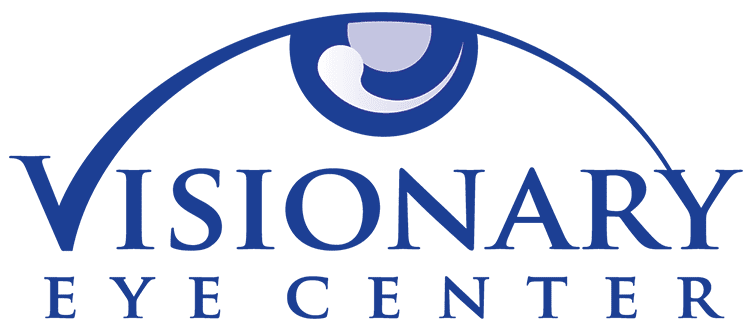WE ARE NOW A NO PUFF ZONE!!! The Icare tonometer is a handheld device that measures the intraocular pressure of the eye using rebound technology. A very light probe makes momentary contact with the cornea and the device measures the speed at which the probe returns. This measurement is quick, painless and almost unnoticeable. It's more like a light tickle on your eyelashes rather than an invasive puff of air! It’s so gentle we routinely use this test with infants and toddlers, with some even asking us to do it again because it tickled. Icare tonometry is an essential tool to help detect diseases such as glaucoma, as well as keeping an eye on patients that are on certain medications that can cause elevated pressures.
In a flash we can take an image of the inside of your eye using our digital retinal camera. The doctor can assess the overall health of the inside of your eye as well as diagnose conditions like diabetes, high blood pressure and even cancer from reviewing the images from this device. We will also look for hemorrhages, glaucoma and macular degeneration. The doctor will review your images with you in the exam room and explain any of the findings, treatments or recommendations. We can even take images in 3D!
Digital Prescription Analyzer
With our state of the art digital prescription analyzer we can cut your time to a better prescription in half. Less better one or two! Infrared light is reflected off the retina and measured by the device to approximate your prescription, creating an accurate starting point for the prescription test called a refraction. This device is also able to measure the front surface of the cornea, in a process called keratometry, to evaluate for diseases like keratoconus and provide some baselines of curvature for fitting contact lenses. All of this is done in less than 30 seconds as you view a serene image of a farm house moving in and out of focus. It’s even kid friendly.
Digital Slit Lamp Imaging
We have upgraded our slit lamp to include the latest in digital imaging for the front of the eye. Using our ultra high resolution camera to take magnified images of the outside of your eye we can better monitor conditions such as corneal ulcers, pterygia and eyelid cancer. As always, the doctor will go over your images with you in the exam room giving you a better understanding of your condition.
The Humphrey Field Analyzer allows the doctor to evaluate your peripheral vision to detect subtle vision loss associated with conditions like glaucoma, traumatic brain injury, stroke or brain tumors. Our Analyzer features cutting edge software, comparing our patients to a large patient database to detect disease progression earlier with advanced statistical calculations. The test typically takes 2-7 minutes per eye depending on the type of test being performed.
Posterior Segment Optical Coherence Tomographer
Optical coherence tomography (OCT) lets us view the retina in a completely new way, going beyond what the doctor can see in a traditional exam. Using a harmless laser to scan the retina we can view 3D models of the retina and optic nerve head and separate those images to view tissue at a micron level. Our OCT compares your scan to a large database of patients to help us determine if your scan is normal or not. It also has advanced progression analysis software to help us know if that small change is statistically significant. With our OCT the doctor can see eye disease before it shows up during the standard microscopic exam.
Vistante Omni Anterior Segment Optical Coherence Tomographer
We are proud to be the only office in Nevada that offers wide field anterior segment optical coherence tomography (OCT) scanning with the Visante Omni system. This laser scanning device allows us to greatly enhance our ability to fit specialty contact lenses on even the most difficult of eyes. Using precise measurements beyond the cornea out into the scleral zone we are better able to fit newer designs like scleral contact lenses. This unique device also allows us an amazing view into the drainage angle of the eye, allowing us to monitor narrow angle glaucoma patients like never before.
 775.827.1100info@visionaryeyecenter.com8175 South Virginia Street Suite B-900
775.827.1100info@visionaryeyecenter.com8175 South Virginia Street Suite B-900